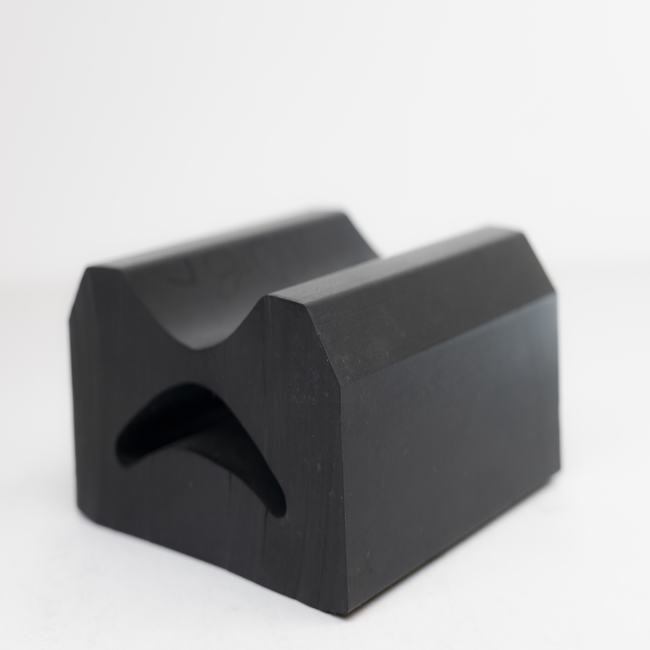“Ship seals” can refer to various sealing components and systems used in ships and maritime vessels to ensure their safety, functionality, and environmental compliance. These seals are designed to prevent water ingress, maintain buoyancy, and secure critical areas of the vessel. Here are some key types and applications of ship seals:
- Hull Seals: Hull seals, often called watertight or weathertight seals, are used to maintain the watertight integrity of a ship’s hull. They are crucial for preventing water from entering the ship’s compartments and ensuring buoyancy, especially in emergencies.
- Hatch Seals: Hatch seals are used to create a watertight seal around cargo hatches and access points on cargo ships. Proper sealing is essential to prevent seawater from entering cargo holds and damaging goods during transit.
- Bulkhead Seals: Bulkhead seals are used to seal the boundaries between different compartments within a ship. They ensure that water does not flow freely between compartments, contributing to the vessel’s stability and safety.
- Shaft Seals: Shaft seals are used to prevent water from entering the ship’s engine room through the propeller shaft opening. Proper sealing is critical to maintain the engine’s functionality and prevent flooding.
- Porthole and Window Seals: Seals around portholes and windows on passenger and cruise ships provide a weathertight seal, preventing water ingress during adverse weather conditions.
- Door and Manhole Seals: Seals around ship doors, manholes, and access points are essential to maintain watertight integrity and compartmentalization. They ensure safety and prevent flooding in case of accidents.
- Valve Seals: Valves used in ship systems require sealing to prevent leaks and maintain the proper functioning of various onboard systems, including fuel, water, and hydraulics.
- Scupper Seals: Scuppers are openings designed to allow water to drain off the deck. Scupper seals are used to prevent water from flowing back into the ship, especially during rough seas.
- Lifeboat Hatch Seals: Lifeboat hatch seals are essential for ensuring that lifeboats remain watertight and secure, ready for use in emergencies.
- Rubber Fender Seals: Rubber fender seals are used on the sides of vessels to protect them from damage when docking or coming into contact with other structures.
- Containment Seals: Ships involved in the transport of hazardous materials often require specialized containment seals to prevent leaks and spills.
- Environmental Seals: Ships are subject to environmental regulations that require seals to prevent the release of pollutants, such as oil, ballast water, and waste, into the sea.
Ship seals play a critical role in maintaining the safety, functionality, and environmental compliance of maritime vessels. The proper selection, installation, and maintenance of these seals are essential to ensure their effectiveness and prevent potential accidents, environmental damage, or costly repairs.






